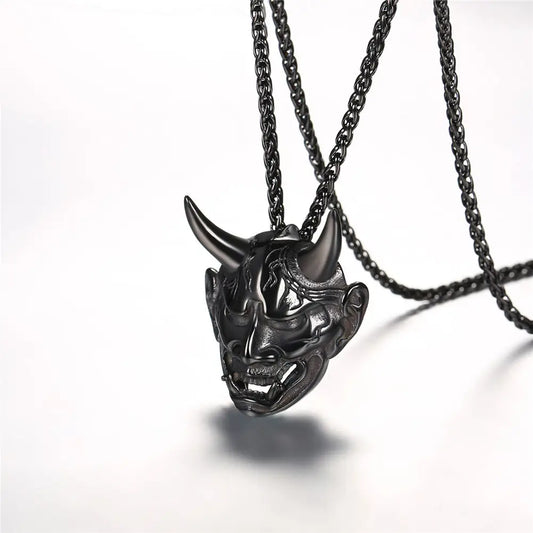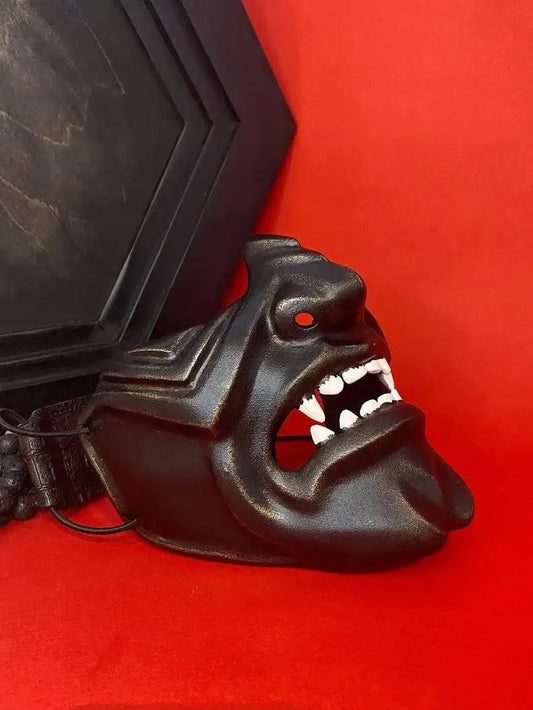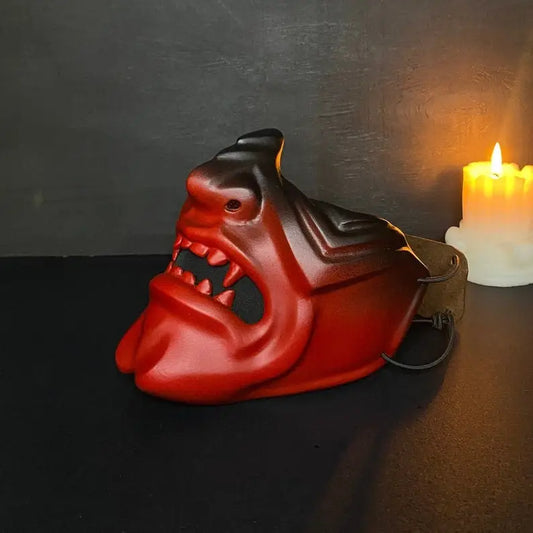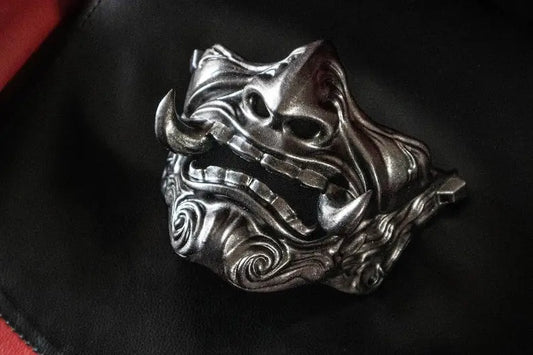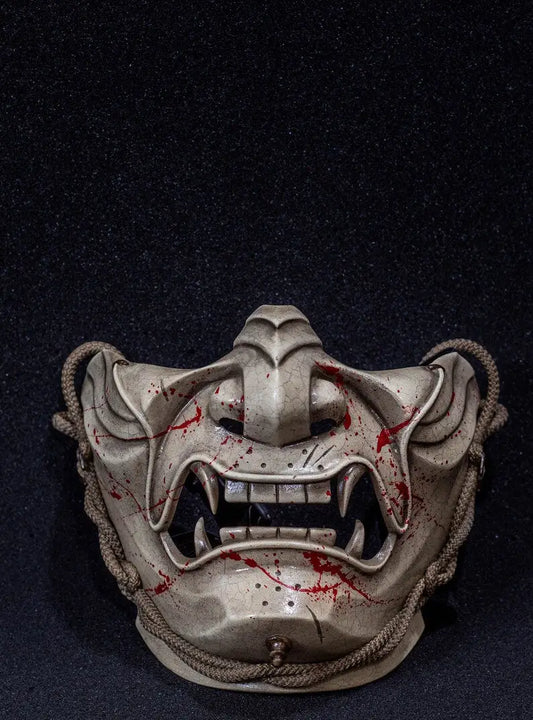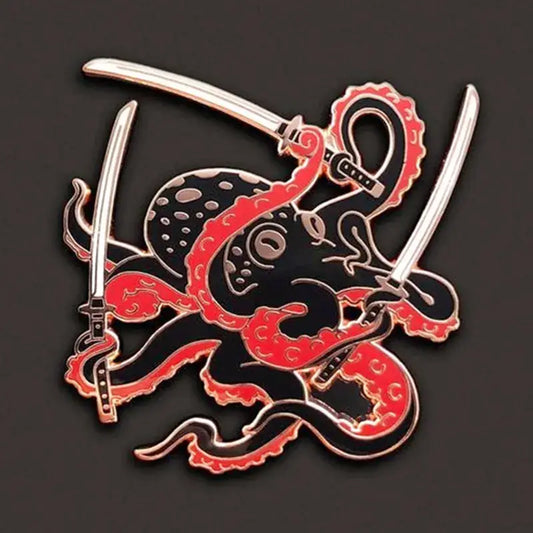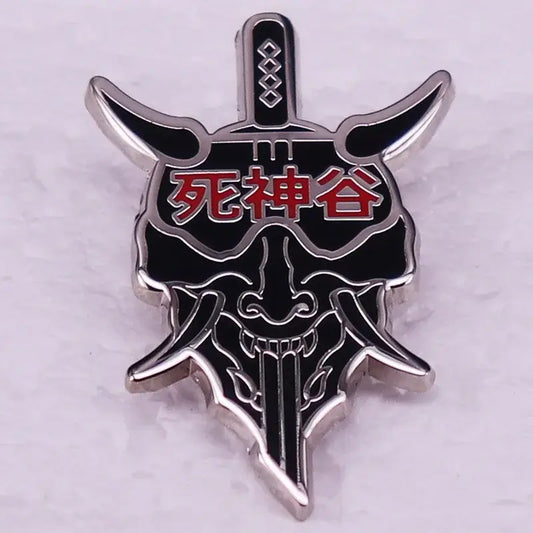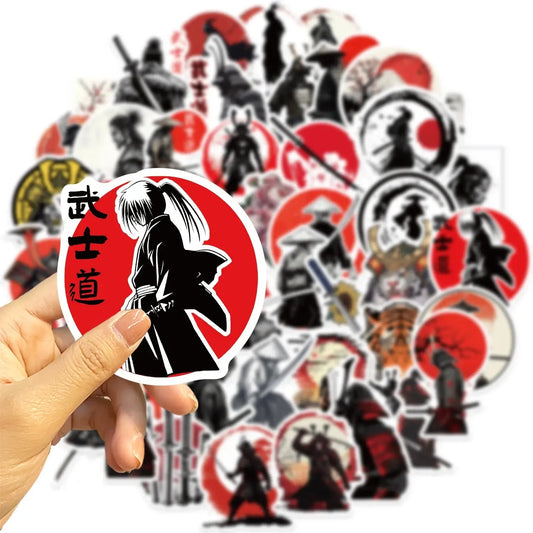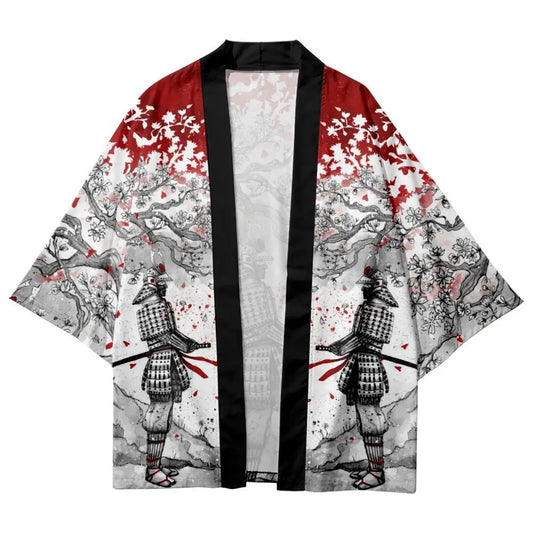
Abe Clan
Share
The Abe clan (阿部氏 Abe-shi) was one of the oldest and most powerful clans in Japan.
It reached the height of its influence during the Heian period, retained power during the Sengoku and Edo periods, and experienced a revival in the 18th century.
The origins of the Abe are controversial, as is their ethnic connotation. It has been suggested that they existed as early as the Yamato period, and that they were descendants of the Emishi, the aboriginal inhabitants of the Tōhoku region.
In the ninth century there is evidence of the existence of two Abe who held the office of chinjufu-shōgun, Abe Koretaka in 878 and Abe Mitora in 884, and two governors of Mutsu, Abe Kiyoyuki in 886 and Abe Tsunemi in 940.
Abe is a fairly common surname in modern-day Japan, but not everyone who
Origins and History of Abe Clan
According to the Nihongi, the Abe descended from a son of Emperor Kōgen. A number of families with the patronymic Abe, originating from Iga Province (now Mie Prefecture), claim to be descended from a legendary figure named Abi.
Abi opposed Emperor Jimmu, the first legendary Emperor of Japan, in his plans to conquer the Yamatai Kingdom, prompting the various Abe families to settle in the far north of Honshū.
The clan would gain increasing influence here until it reached its greatest expansion in the Heian period.
The northern region, known as the territory of Mutsu and Dewa provinces, was conquered by the Japanese in the ninth century, and the native Emishi people living there were subjugated or driven out.
While many provinces at that time were overseen by a governor, Mutsu saw the rise of powerful and wealthy independent families called gōzoku who administered local affairs.
The Abe were appointed "aboriginal superintendents," ostensibly to oversee on behalf of the central government the local population, represented by a mix of Japanese immigrants and former Emishi tribes.
In fact, however, their appointment confirmed the Kyoto government's difficulty in keeping the region under its direct control.
The Abe clan took advantage of its position to extend its control to the six roku-oku-gun districts, located in the current prefecture of Iwate, collecting taxes and confiscating property in total autonomy.
To reassert its authority and counter the power of the Abe clan, the imperial government designated as governor and chinjufu-shōgun, or "commander in chief for the defense of the north", the head of the Minamoto clan, Minamoto Yoriyoshi.
Minamoto Yoriyoshi and his son Minamoto no Yoshiie during what was called the "First Nine Years' War" (前九年合戦 Zenkunen War, 1051-1063), they killed Abe no Yoritoki and defeated his son Abe no Sadato, aided by another powerful family, the Kiyohara of the nearby Dewa province.
Other Abe families
Although many other important figures throughout history have been called Abe, it is difficult to know which ones were related to the Abe clan of Iga and Mutsu.
For example, Abe no Nakamaro, an important 8th century court nobleman, was so named because he came from the town of Abe near Nara.
Equally problematic is determining the line of descent of the family named Abe, who gained prominence in the Edo period, occupying the role of rōjū during the Tokugawa shogunate.
Abe Tadaaki was the first to serve as rōjū, holding the position from 1633 to 1671. He was most likely a son, or otherwise related, to Abe Masatsugu (1569-1647), son of Abe Masakatsu (1541-1600), who served Tokugawa Ieyasu and fought for him in the decisive Battle of Sekigahara.
This branch of the clan, the best known during the Sengoku period, attained the rank of daimyō and had considerable power during the Edo period.
Other members of the Abe family would succeed Tadaaki in the position of rōjū for much of the Edo period (1603-1867).
The last of these was Abe Masahiro, who was head of the rōjū council at the time of Commodore Perry's arrival.
Abe Clan members
- Abe no Hirafu (c. 575-664) also known as Abe no Ōmi, one of the most important generals in the wars against the Ainu
- Abe no Yoritoki (d. 1057) chunjufu-shōgun during the Zenkunen War
- Abe no Sadato (1019 - 1062)
- Abe Masakatsu (1541 - 1600), servant of Tokugawa Ieyasu received a fiefdom of 5,000 koku
- Abe Masatsugu (1569 - 1647) fought at Sekigahara and became a Fudai daimyō under the Tokugawa
- Abe Tadaaki - first member of the Abe clan to be a rōjū
- Abe Masahiro - among the last of the rōjū, signed the Treaty of Kanagawa
- Abe no Seimei - famous practitioner of onmyōdō




